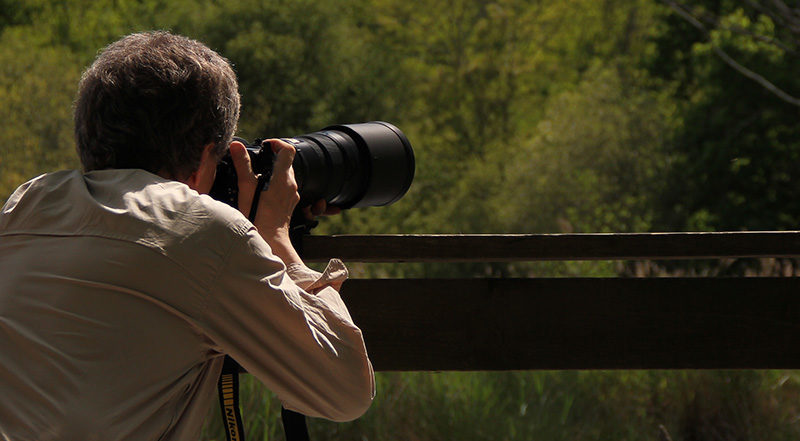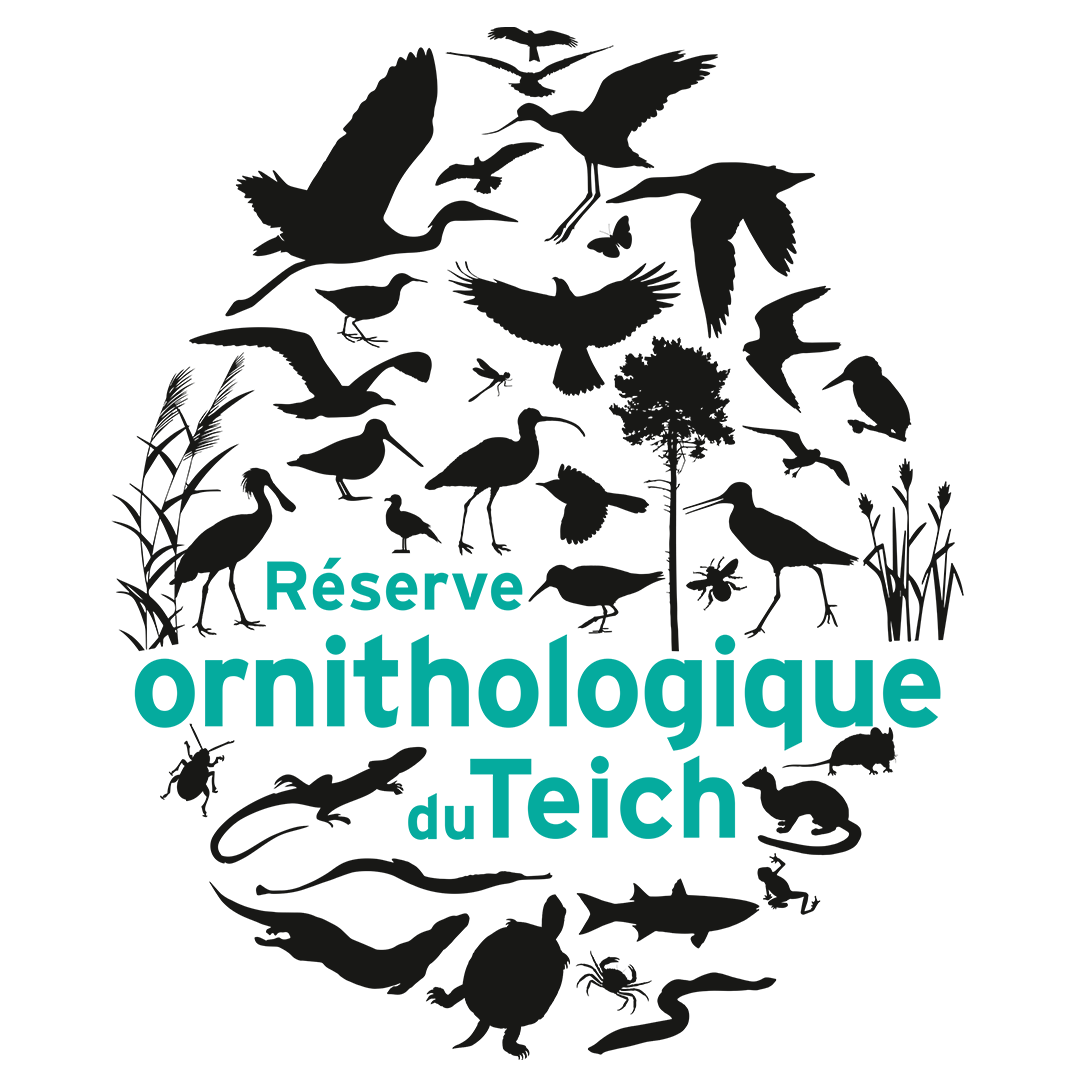On 20 January 2019 , published in Monitoring programs News
Performing regular bird counts is an excellent way of assessing the effectiveness of existing reserve management policies and practices. For instance, they facilitate decision-making with regard to any changes that may have to be made to the regulation of water levels in the reserve. They can also form the basis for deciding which measures could be taken in order to improve the long-term prospects of a particular species. These bird counts are also useful from the public’s point of view, as they can use them to decide when they would like to visit the reserve next on the basis of the new species or specific bird behaviours they might see. The work of wildlife monitoring is shared by all actors in the field of nature conservation, including the state, at regional, national and international level, with the aim of keeping a close watch over our shared natural heritage. Bird counts are carried out at least twice a month on the reserve with relation to all water birds, with the results being displayed at the entrance to the site and also available on this website. The reserve is of particular importance in the conservation of certain species, and these species (along with a few others) are generally subject to more regular counts. This is the case for most Charadriiformes (small shore-based wading birds), with particular attention being given to the Black-tailed Godwit, the Avocet, the Black-winged Stilt and the Curlew. As for the Spoonbill, its numbers are monitored on a daily basis duringperiods of migration. Furthermore, individual birds are identified and recorded by means of the coloured, numbered rings on their legs. A watch is also kept out for certain migratory birds which often simply over fly the reserve, such as the Common Crane and the Greylag Goose on their spring migration.
Lastly, passerine populations are assessed by other means, namely by taking part in the French national breeding bird surveys STOC/EPS and STOC/capture (where the birds are captured, weighed/ringed and released), coordinated by the Muséum National d’Histoire Naturelle(French National Museum of Natural History). We also take part in counts and surveys organized by other bodies, both in the reserve and outside its boundaries.
Counting may Counting june Counting july Counting august Counting september







